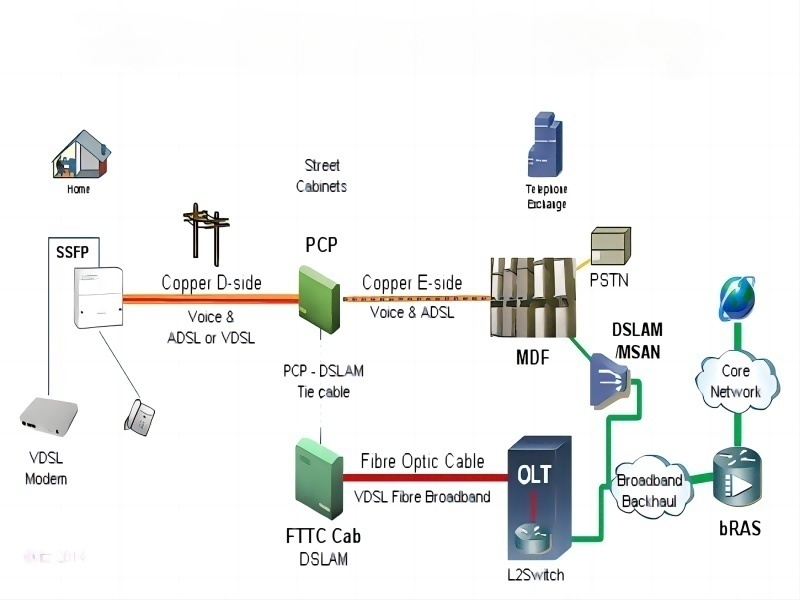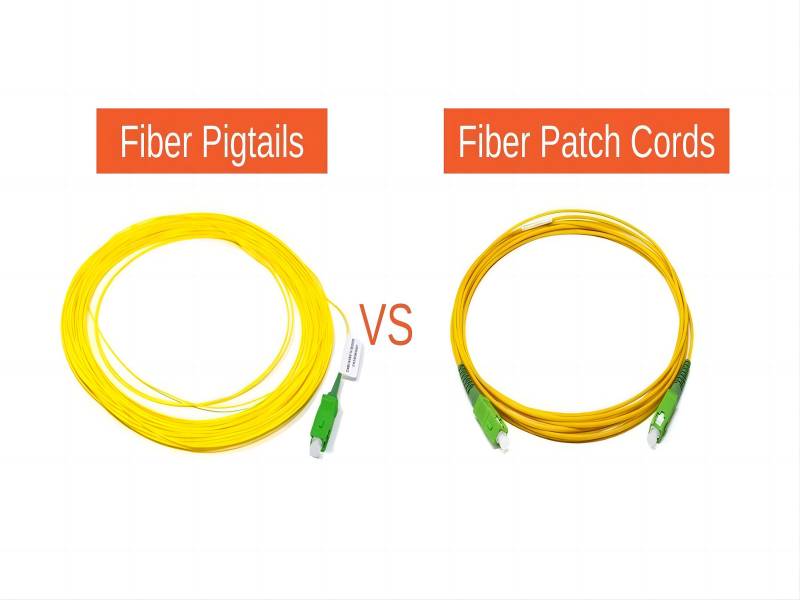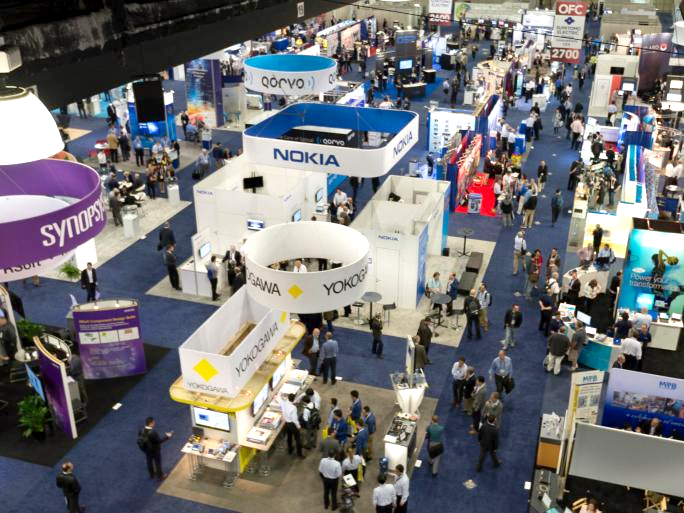Fiber optic technology has redefined long distance data transmission with its speed and reliability. Among the array, LC connectors stand out due to their compact design and outstanding capacity. However, you may encounter the terminologies “LC Uniboot” and “LC Standard” cables. What distinguishes between them and what factors should guide your choice in fiber optic deployment?
This article delves into the disparities between LC Uniboot and LC Standard fiber cables to assist in selecting the most fitting solution for your requirements.
LC Uniboot vs LC Standard Fiber Cables: What Are the Differences
Cable Structure
Standard Fiber: A common LC duplex connector usually consists of two separate LC simplex connectors connected by a clamp, each holding one fiber.

Uniboot Fiber: The LC uniboot patch cable has a unique design that combines two fibers in a single jacket. This innovative design dramatically reduces the number of cables by up to 50% compared to traditional LC duplex fiber optic patch cords. By reducing the overall cable diameter, LC uniboot cables make more efficient use of space and are ideal for high-density environments such as data centers and telecom racks.

Polarity Changes
Standard Fiber: Polarity changes on traditional LC duplex patch cords are inconvenient, especially in high-density cable environments such as data centers. Often, additional tools and re-termination of fiber optic cables are required, wasting time and money. Improper handling can also lead to a variety of failures during this process.
Uniboot Fiber: LC uniboot patch cords have a unique connector design that makes it easier to reverse polarity than standard LC cables. Besides, LC uniboot connectors are available in different types. Usually, the polarity can be changed in a few simple steps without additional tools.

Cost Savings: In general, standard fiber is about half the price of Uniboot patch cords. If your network is already using LC standard connectors and there are no specific space or flexibility requirements, then continuing to use LC standard connectors may be a more economical and convenient option.
On the one hand, LC single fiber optic cables offer the advantages of easier polarity reversal, space-saving design and diverse connector options. On the other hand, LC standard fiber optic cables offer cost and time advantages. Choosing between single fiber optic cables and standard fiber optic cables depends on your specific needs.
If you need to know which product (LC Uniboot or LC standard fiber optic cable) is right for your needs, please let Abalone Technology help you.







